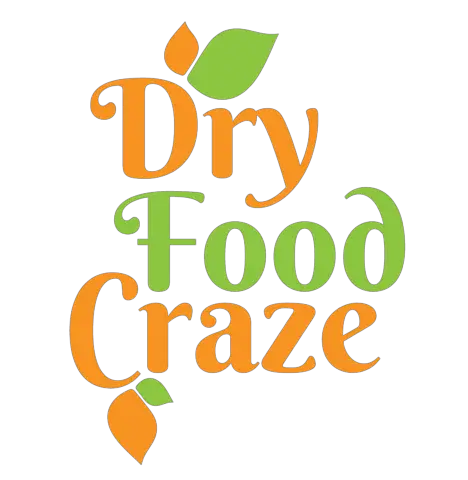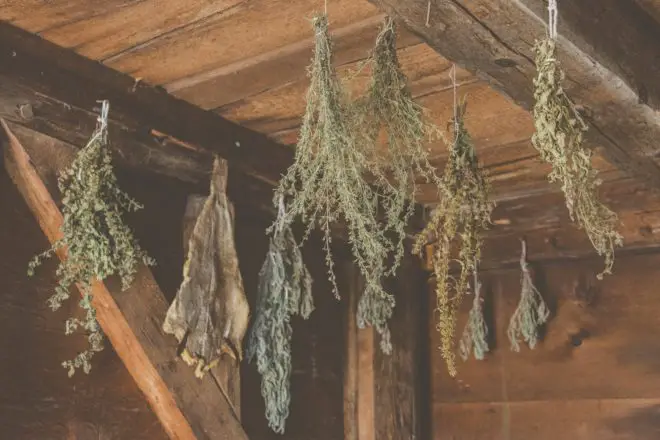What was food preservation in ancient times like?
In the earliest part of man’s history, man had to gather fruits and vegetables or hunt animals or fish to sustain himself. However, once the food is harvested, the food’s life span started ticking until it gets spoiled or rotten.
But man as the highest form of creature had adapted to its environment and learned to harness nature. Once he had formed a family or community, he learned to preserve food for later consumption and for the good of many. Therefore, in frozen climates man learned to freeze seal meat on ice. In tropical climates, man learned to dry food in the sun.
So it is safe to say that food preservation is almost as old as human civilization itself. Every country, every culture across the world has adopted a method of food preservation in ancient time which exists today.
Table of Contents
What is Food Preservation?
Historically speaking, food preservation in ancient times is extending the abundance of food in one season in the hope of lasting the supply until the next harvest. It meant that the food that was preserved was meant to be eaten the following winter.
Technically speaking, food preservation is defined as any one of the numerous methods of preventing food spoilage.
Why Preserve Foods?
The main reason for preserving food is to prevent spoilage. Microorganisms like bacteria, molds, and fungi grow on foods which causes the latter to rot. Spoilage also comes in the form of discoloration upon exposure to air, just like what happens to apples when left cut open on the table. Oxidation of fats and oils can also cause rancidity on foods.
Another reason for food preservation is to store the excess harvest (the abundance) and make it last for the next several months.
In this article, we will guide you on the different methods of food preservation in ancient times and how they came to be. The methods discussed in this category are the techniques that existed in ancient times. Most of these techniques are still practiced today.
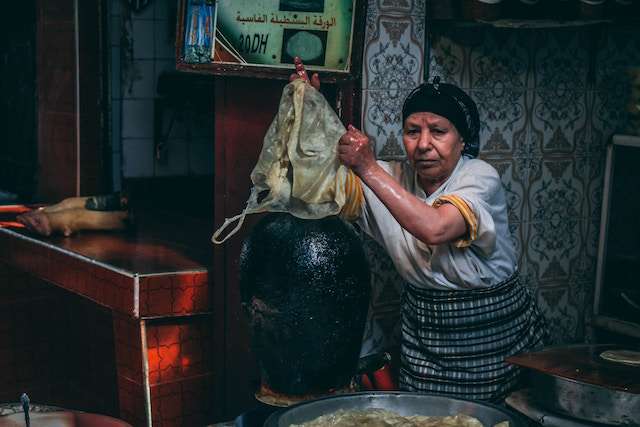
9 Methods of Food Preservation in Ancient Time
1. Drying or Dehydration
Perhaps the easiest and earliest method of food preservation is drying. It is used heavily during the ancient times until today.
Drying makes sense because the water in food becomes a breeding ground for microorganisms. Therefore, once the water has dried out, microorganisms may not be able to spoil the food further.
The sun and wind would have dried foods naturally. As early as 12,000 B.C., ancient Egypt, countries in the Middle East and other cultures in the Far East were already dehydrating nuts, fish, fruits, and meat under the sun
The Romans were fond of drying fruit in a dehydrator. Just like this one on amazon!

During the Middle Ages, they built “still houses” to dry fruits, vegetables, and herbs in areas that didn’t have strong sunlight for drying. They use fire to create the heat needed to dry foods. In some cases, they smoke them as well.
In 1795, France introduced the first dehydrator for drying fruits and vegetables. Nowadays, we have food dehydrating machines available which we could use at home for foods you can dehydrate.
And this is the food preservation method we’re advocating on this website. We teach you how to dehydrate foods, provide you food dehydrator reviews and share healthy dried food recipes.
RELATED ARTICLE: The Beginners’ Guide to Home Food Dehydration
2. Curing
According to food historians, the earliest form of curing was dehydration or drying. Earlier civilizations used salt and smoking techniques in desiccating food.
Salt hastens the drying process by osmosis. It also inhibits the growth of some common bacteria. Smoking deposits phenols, syringol, guaiacol, and catechol on the food. Thus, the food becomes cured in the process.
Ancient civilizations used this preservation method in food trade. It preserved their food merchandise, especially when trading over ocean-wide distances. Around 1,250 B.C., the Phoenicians preserve fish by gutting it, drying it, and packing it in layers with salt.
According to the history of curing meat, it was discovered in the 1800s that certain salts give the meat a red color. Consumers in those times prefer the red color of meat instead of the usual unappetizing gray. This kind of salt contains nitrates, which inhibits the growth of certain bacteria.
Since then, nitrate salts are used to cure meats which contribute to its pink or reddish color. No wonder, processed meats like hams, bacon, and sausages come with a distinctive red color.
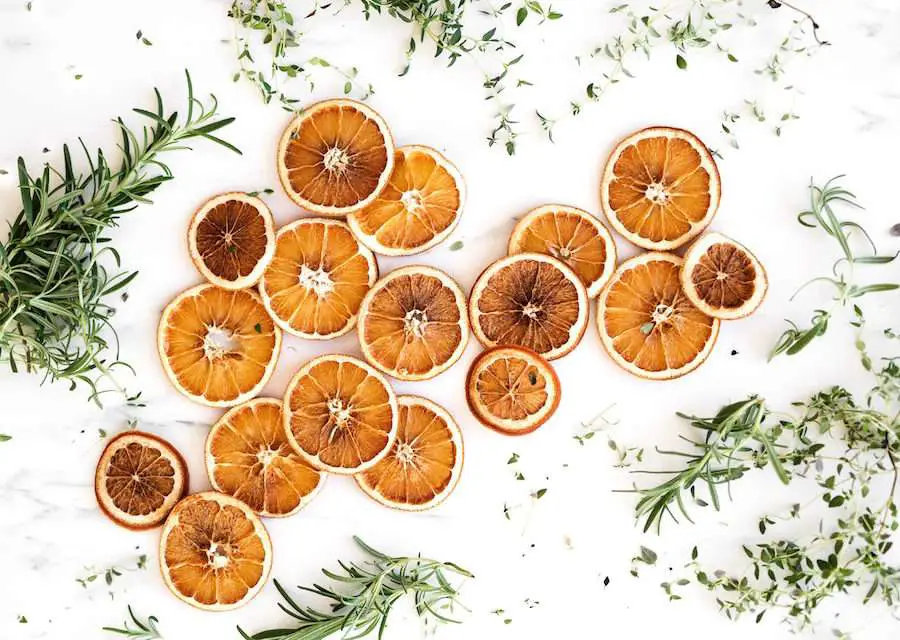
3. Cooling
Cooling slows down the reproduction of microorganisms in food. It also slows down enzymatic actions that may cause food to spoil. Thus, men in ancient times put their food inside cool caves or under cool water to preserve it.
Fast forward centuries after, refrigeration came in the form of root cellars and iceboxes. Families owned iceboxes, did their own ice cutting or relied on ice trade to sustain this kind of food preservation
Today refrigerators allow food to stay fresh for longer periods, especially during warm weather.
4. Freezing
If cooling slows down food spoilage, freezing steps it up a level higher. In countries that experience winter, freezing was an obvious preservation method. Freezing keeps food safe by slowing down the molecular movement, causing microorganisms to be dormant.
But the potential of freezing as a food preservation method was not realized until the late 1800s. Clarence Birdseye discovered that quick freezing at very low temperatures can make better tasting meats and vegetables. The Quick-freeze method revolutionized food preservation.
Until today freezing is one of the most commonly used processes for preserving a wide variety of foods.
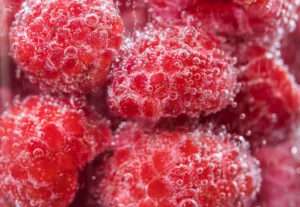
5. Sugaring (Jams and Jellies)
Ancient cultures have used sugar as a preservative. It was common during that time to store food in honey in clay jars. Pure natural honey, if you’ll notice, doesn’t attract ants. In climates without enough sun to dry their foods, they preserve food by boiling it with honey or sugar.
Sugar draws water away from the microbes, leaving them dehydrated and eventually killed.
Today, many people still make jams and preserves. The only thing that has changed is the kind of container we put it in.
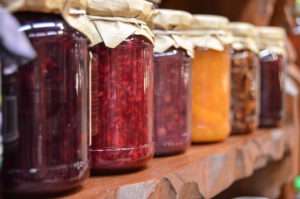
6. Pickling
Historians say that pickling began by using wine or beer since both liquids have low pH levels and transform into vinegar. The alcohol in wine or beer is oxidized by certain bacteria and turns it to acetic acid (vinegar).
Food is usually heated or boiled until it becomes saturated with the pickling agent. Some foods are simply pickled in a jar then spices were added to the pickling to make clever recipes like chutneys, relishes, piccalillis, mustards, and ketchups.
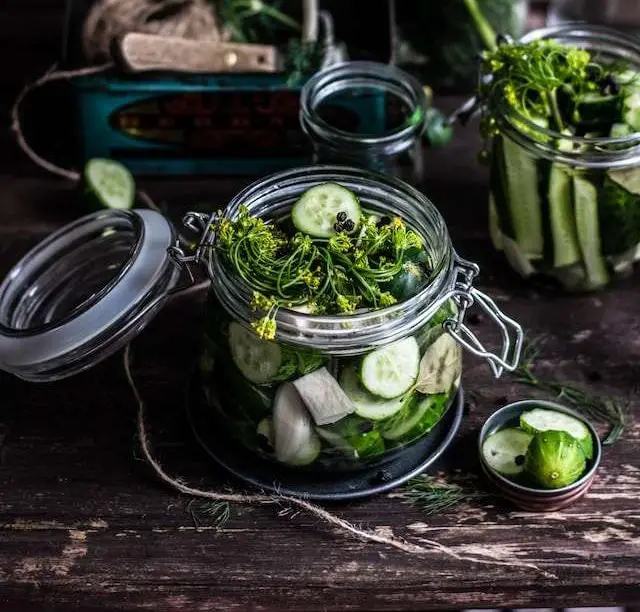
7. Canning
In 1795, French confectioner Nicolas Appert began finding ways to preserve foods. He thought that if wines could age and still taste good, why not try it on foods. He experimented on different kinds of food for years.
He put the food in glass jars, sealed them with cork and sealing wax, and placed them in boiling water. The heating and subsequent cooling created a vacuum seal that prevents microorganisms from contaminating the food within the jar.
In 1800, Napoleon Bonaparte announced the need for a new method of food preservation for his army. Whoever wins would receive 12,000 francs. Appert responded to the call. In 1806, Appert presented a selection of bottled foods at the Exposition des Produits de l’industrie Française. He did not win but his method of food preservation was adopted by the French Navy.
In 1810, the French government paid Appert 12,000 francs on a condition that Appert publishes how he did it. Appert obliged and published the first cookbook on food preservation methods. He is now recognized as the “Father of Canning”.
In the same year, Peter Durand, a British merchant, patented his own food preservation technique using a tin can as a container. Thus, creating the modern-day process of canning foods.
The Appert method of canning came to America in the 1820s. Foods in tin cans were not yet common at that time. It was only in 1855, when Robert Yeates invented the can opener, did the popularity of canned foods began to flourish.
Today, the making of Spanish-style sardines in olive oil in a jar is reminiscent of Appert’s method which you can do at home.

8. Fermentation
At times, starches and sugars react with microorganisms and produce alcohol. This process is called fermentation. Aside from producing alcohol, fermentation proves to be a good preservation method.
Fermented foods have this distinct smell of alcohol and others else you couldn’t describe. That’s why other people hate eating fermented foods despite being more nutritious and palatable.
In pickling by fermentation, bacteria in the pickling agent produce organic acids as preservation agents. Sauerkraut and the Korean kimchi are just a few examples of fermented pickles.
9. Burial
Think about it, burying food in soil or sand sounds unappetizing. But in the past, burying food is part of the fermentation process.
The lack of light, the lack of oxygen, the cool temperature, the pH level of the soil, and the desiccants in the soil contribute to the effectiveness of this food preservation method.
The Chinese created century eggs by placing these in alkaline mud. This will ferment the eggs, breaking down some of the proteins and fats and turn the eggs into a flavorful delicacy.
In early U.S. history, cabbage was traditionally buried during autumn for preservation, a method on how they make sauerkraut or any pickled or fermented vegetable.
Meat can also be buried on hot coals or ashes. The heat coming from the coals kill microorganisms, while the ash can desiccate, and the soil can prevent air and further contamination. Fat will be taken from the meat and make it tallow. The tallow is heated and poured over the meat in a barrel. Once the fat hardens, the barrel is sealed and buried.
Butter, cheese, and meat-based products have been preserved as bog butter buried in peats for many years.
Final Thoughts
Food preservation has been modernized and has reached a high standard in developed countries. But still, a significant percentage of food produced worldwide is not consumable. Rodents, insects, and microorganisms still plague fresh food harvests that even food preservation technique couldn’t save it.
People in urban areas can easily shop for foods from farmers’ markets, groceries, and supermarkets. They are far from the rural self-sufficient ways our ancestors did. Many people today are no longer dehydrating nuts, making their own preserves, fermenting their own crab or cabbage, or making their own pickles or jams.
Yet, with the popularity of health, fitness, and nutrition, many health buffs are going back to the basics. Any type of gardening idea is welcoming. There is still an abundance of fruits, vegetables, herbs, spices, meats, and seafoods around. Because of this, the culture of food preservation in ancient times survives and thrives today.
And it is in this line of interest that we’re advocating food dehydration at home. We teach you how to dehydrate foods, provide you food dehydrator reviews and share healthy recipes.
Actually, many people still do these traditional food preservation techniques, and none of it is rocket science.
Food dehydration is our specialty. Be sure to visit our guides and consider investing in this time and money-saving appliance.
